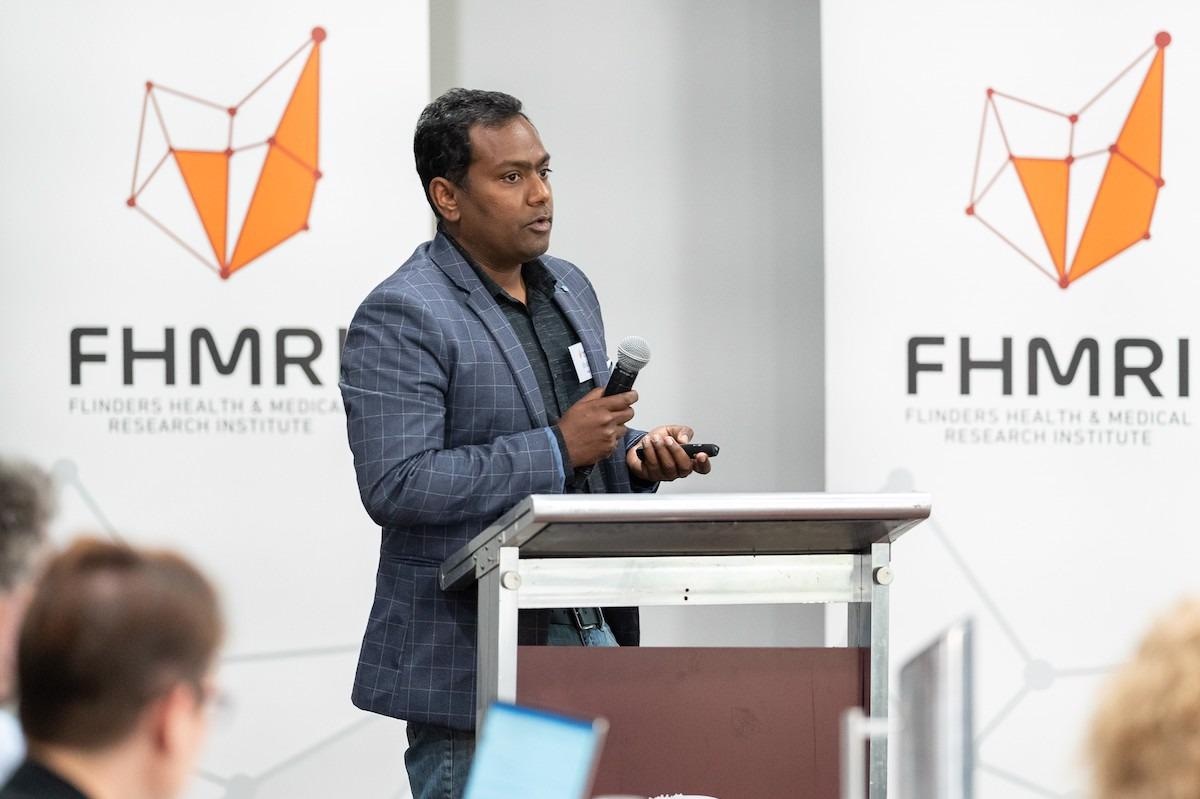Psychological distress is acute for older people with multiple health difficulties in rural and remote areas of Australia, leading to higher health services use – but Flinders University researchers suggest that increased psychological screening in a clinical setting can help improve this situation.
 Dr Vivian Isaac, College of Medicine and Public Health, Flinders University. Image Credit: Lisa Hatz
Dr Vivian Isaac, College of Medicine and Public Health, Flinders University. Image Credit: Lisa Hatz
Flinders University’s Dr Vivian Isaac (senior lecturer in rural mental health) and PhD student Dennis Asante led a team that has made key observations for improving access to mental health support for older people with other illnesses living in rural and remote Australian communities.
Their study on psychological distress and health services usage among adults aged 60 or older in rural South Australia found that a significant proportion (13%) of people who participated in the study reported moderate to high psychological distress.
Psychological distress was higher in females – but lower among those aged more than 80 years.
Through evaluating the relationship between psychological distress, multimorbidity and health services utilization, the study found that multimorbidity is highly associated with psychological problems, and that this distress increases with age.
Psychological distress is associated with high health services use.
As a solution to address this problem, Dr Isaac suggests that screening of psychological distress in older adults is required in clinical setting.
In Australian rural environments, healthcare challenges such as poorer access to health services, inadequate healthcare professionals, particularly specialised care doctors and waiting times for clinical appointments are reported to affect the overall physical and mental wellbeing of rural locales. These healthcare challenges exacerbate for the rural older population who require complex health needs.”
Dr Vivian Isaac, Senior Lecturer in Rural Mental Health, Flinders University
Source:
Journal reference:
Asante, D., et al. (2022) Psychological distress, multimorbidity and health services among older adults in rural South Australia. Journal of Affective Disorder. doi.org/10.1016/j.jad.2022.04.140.